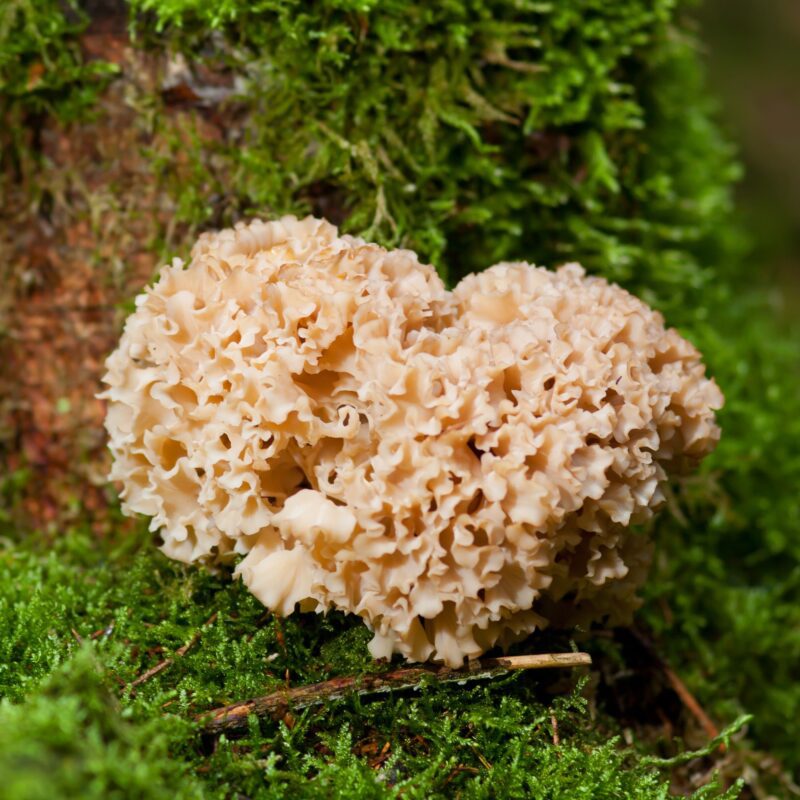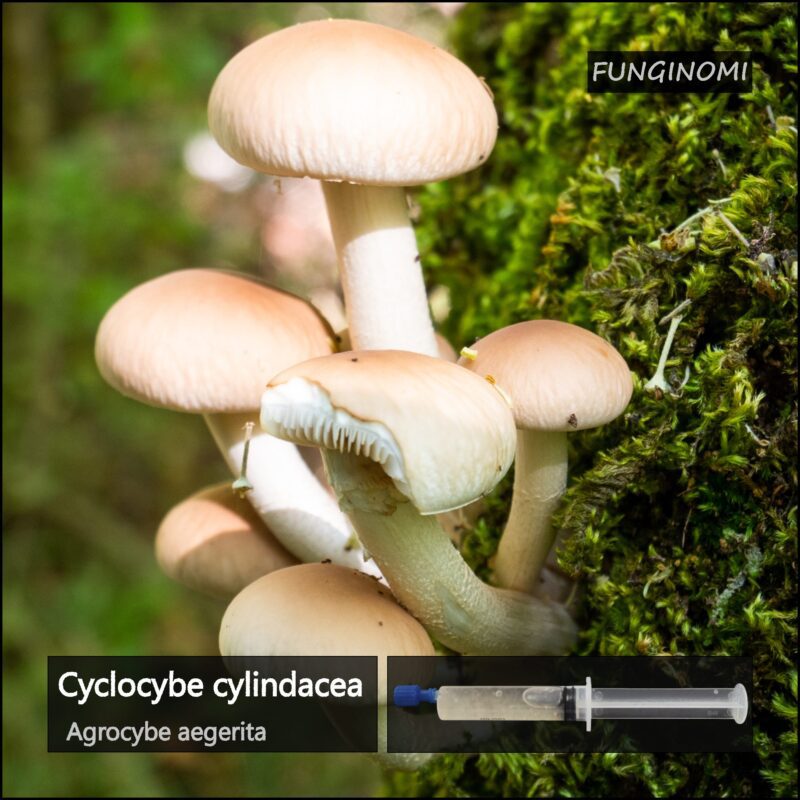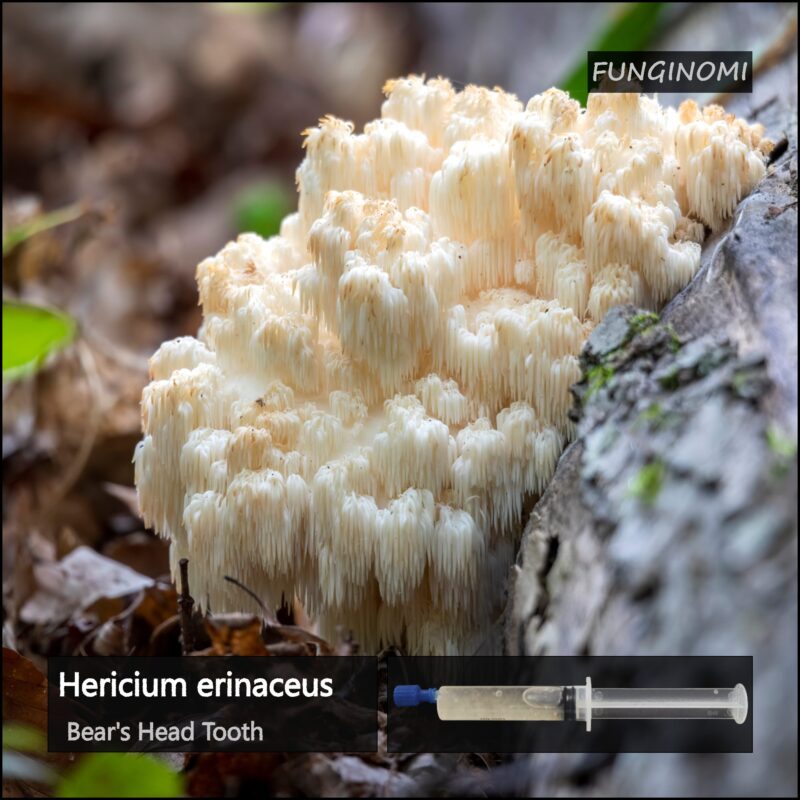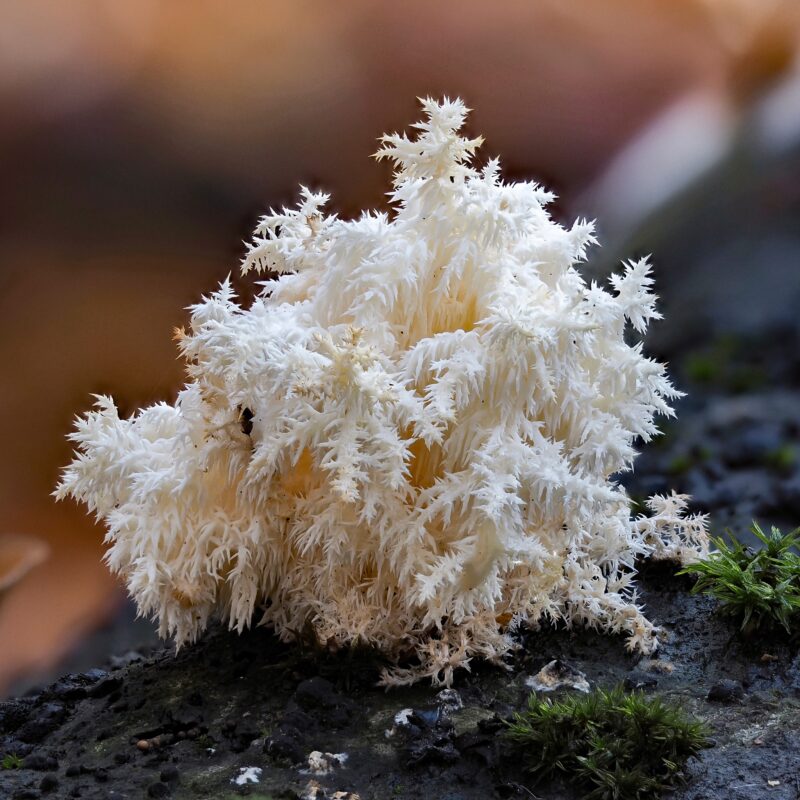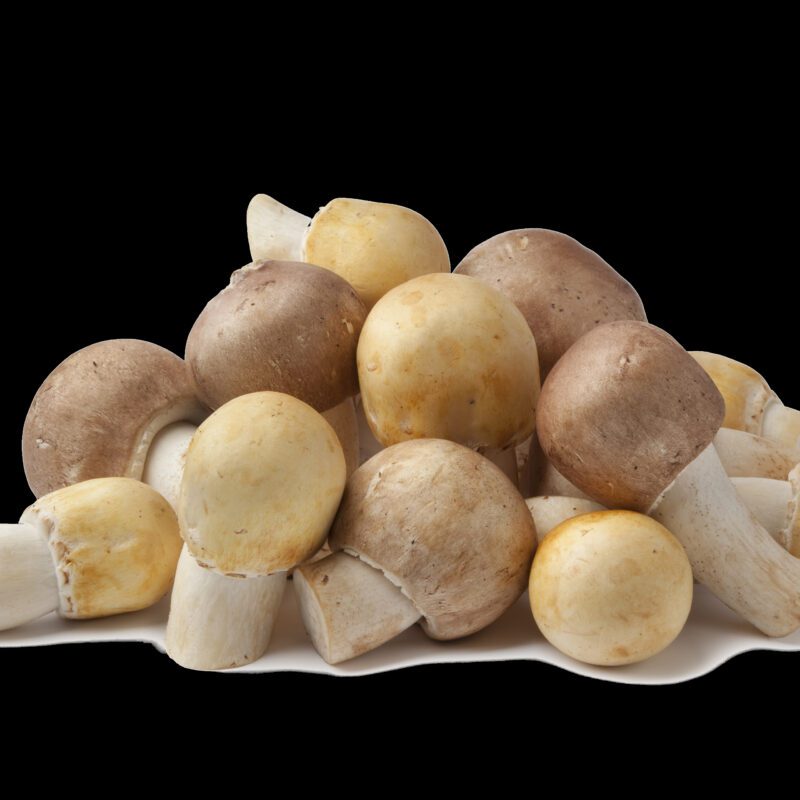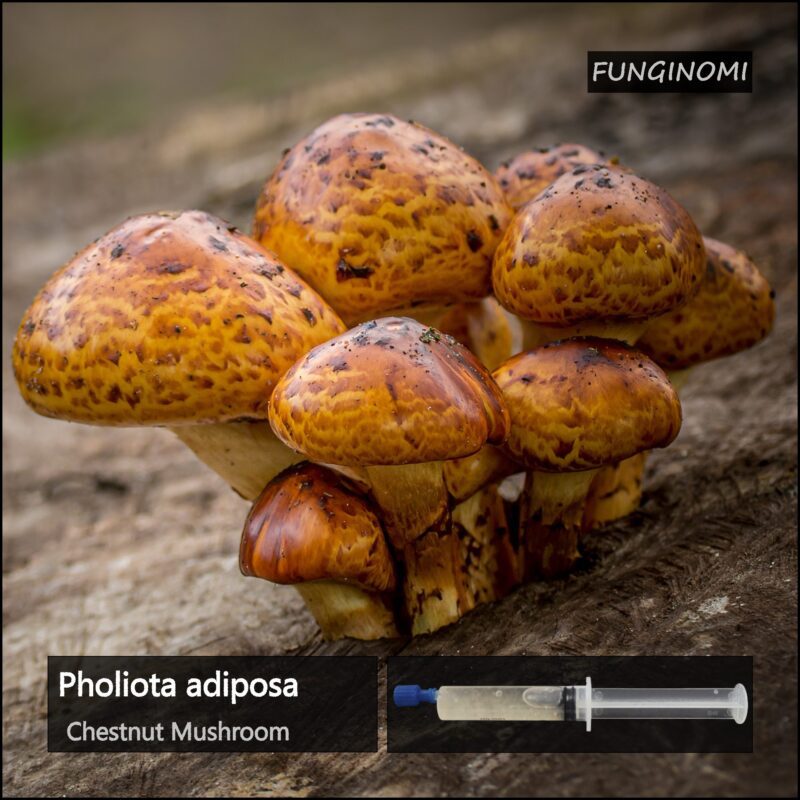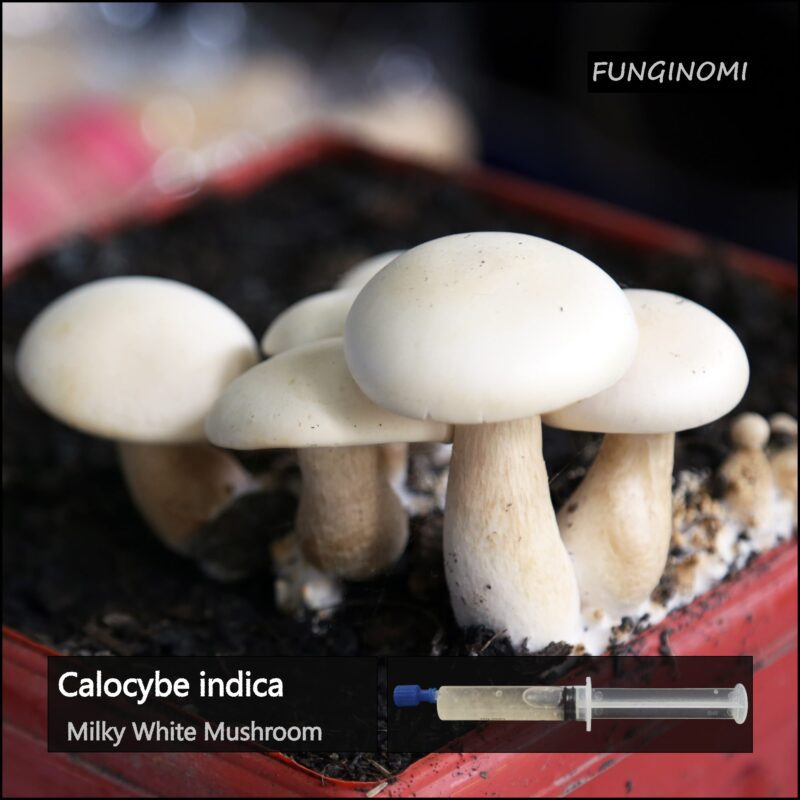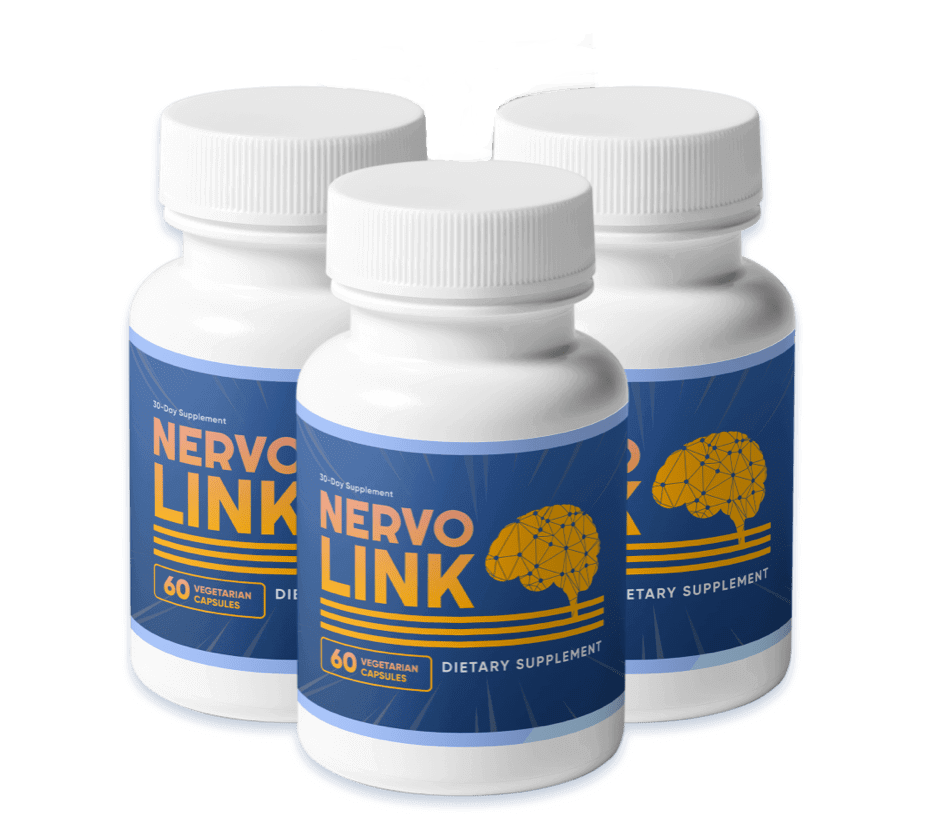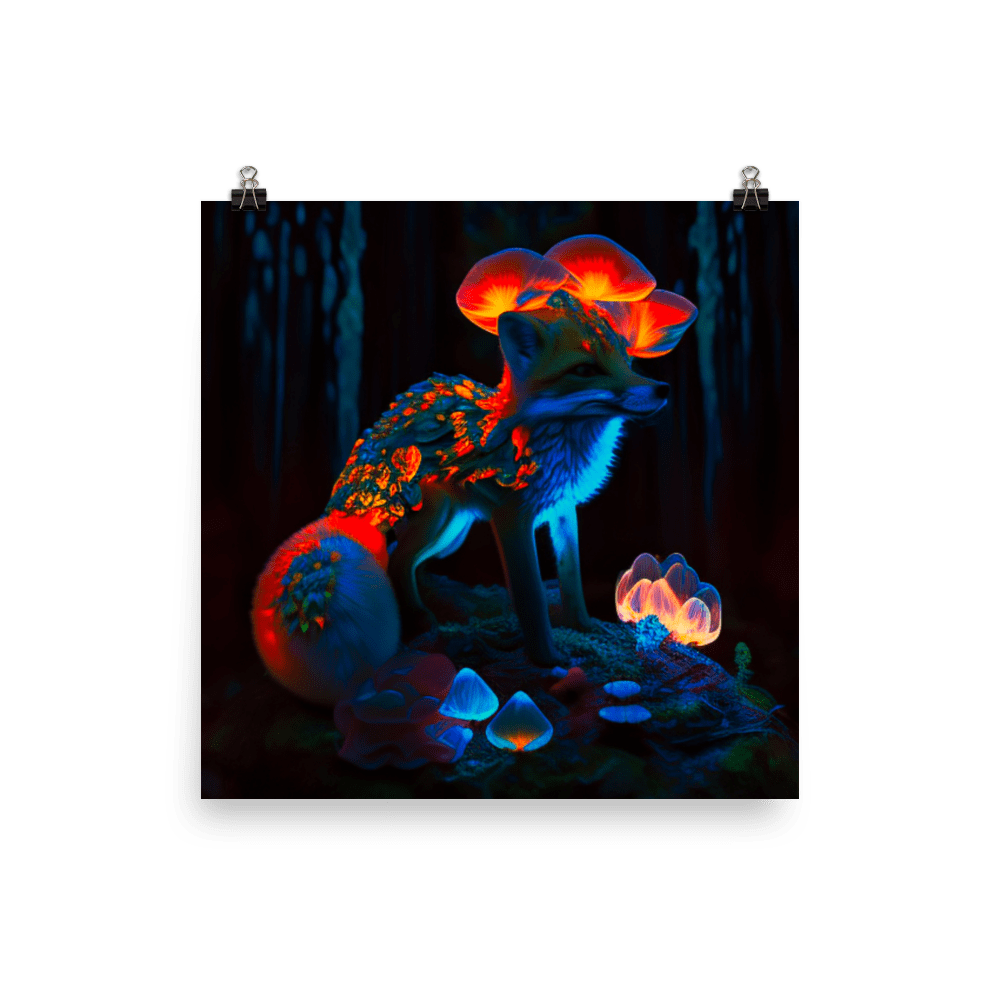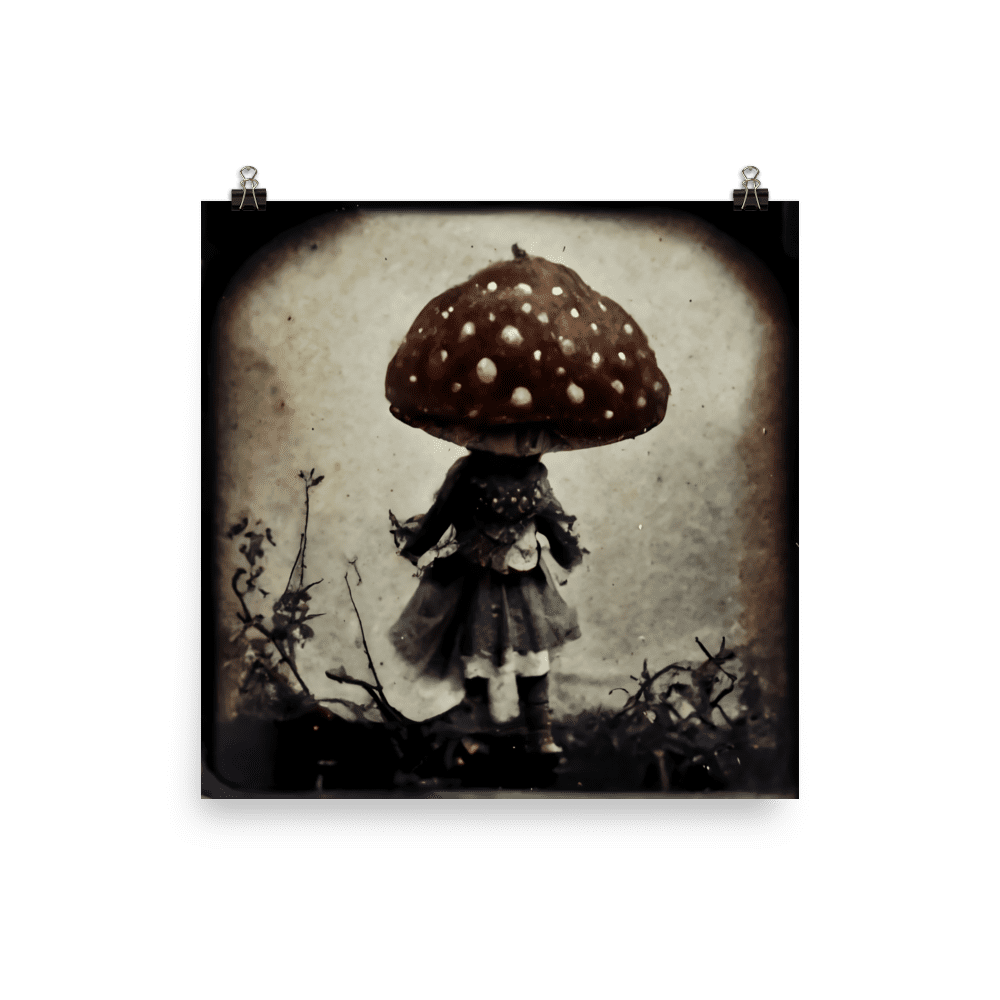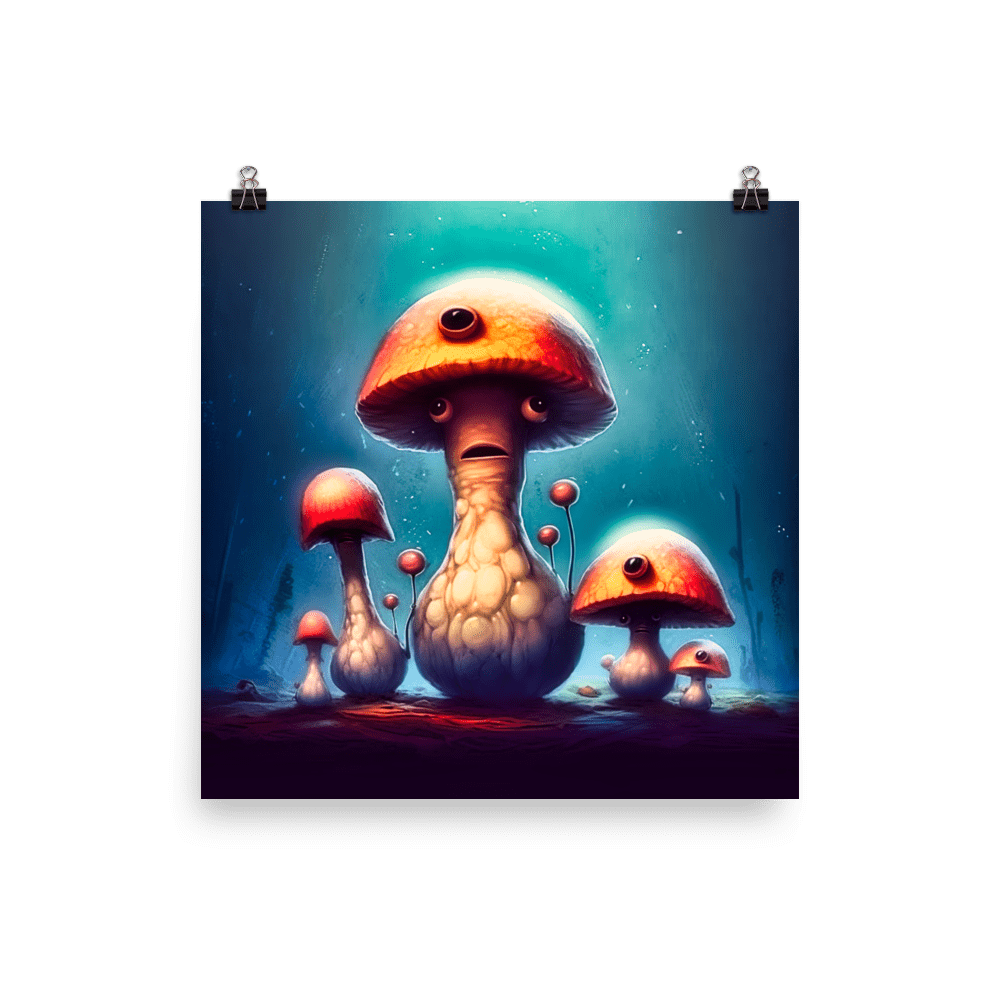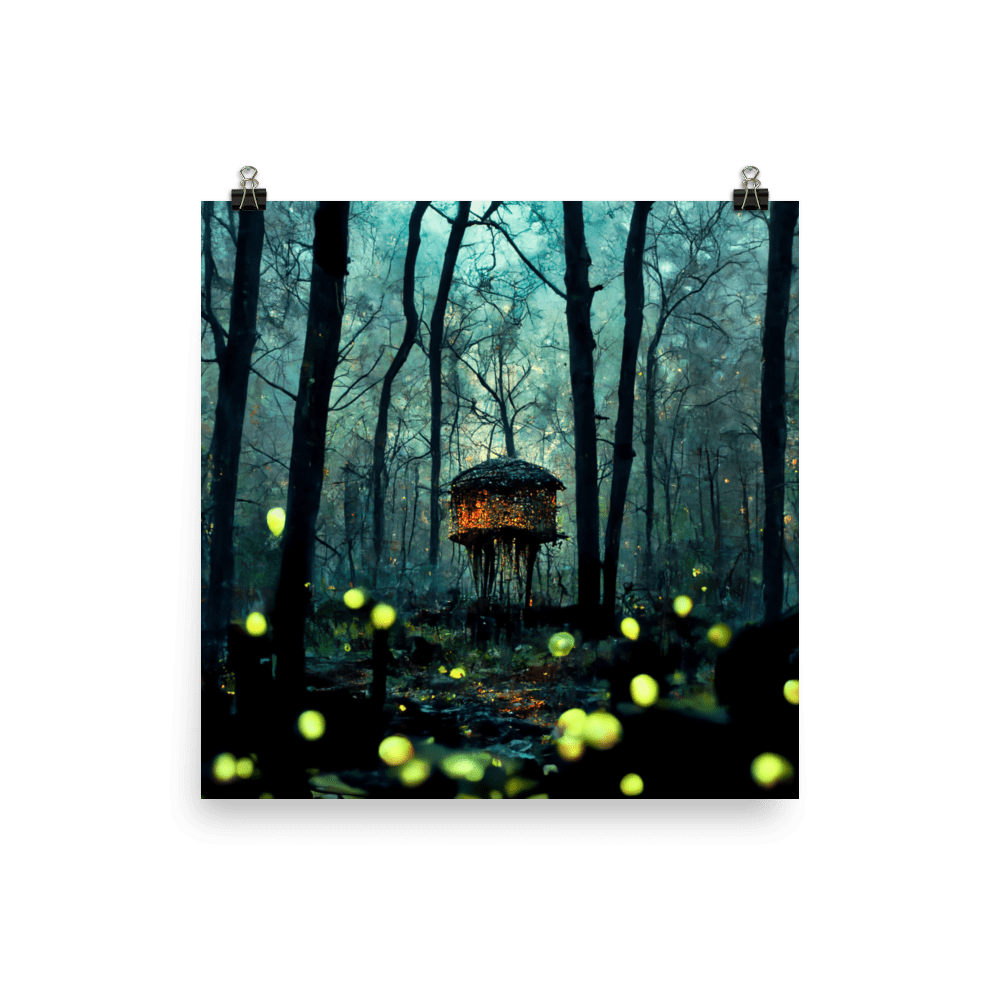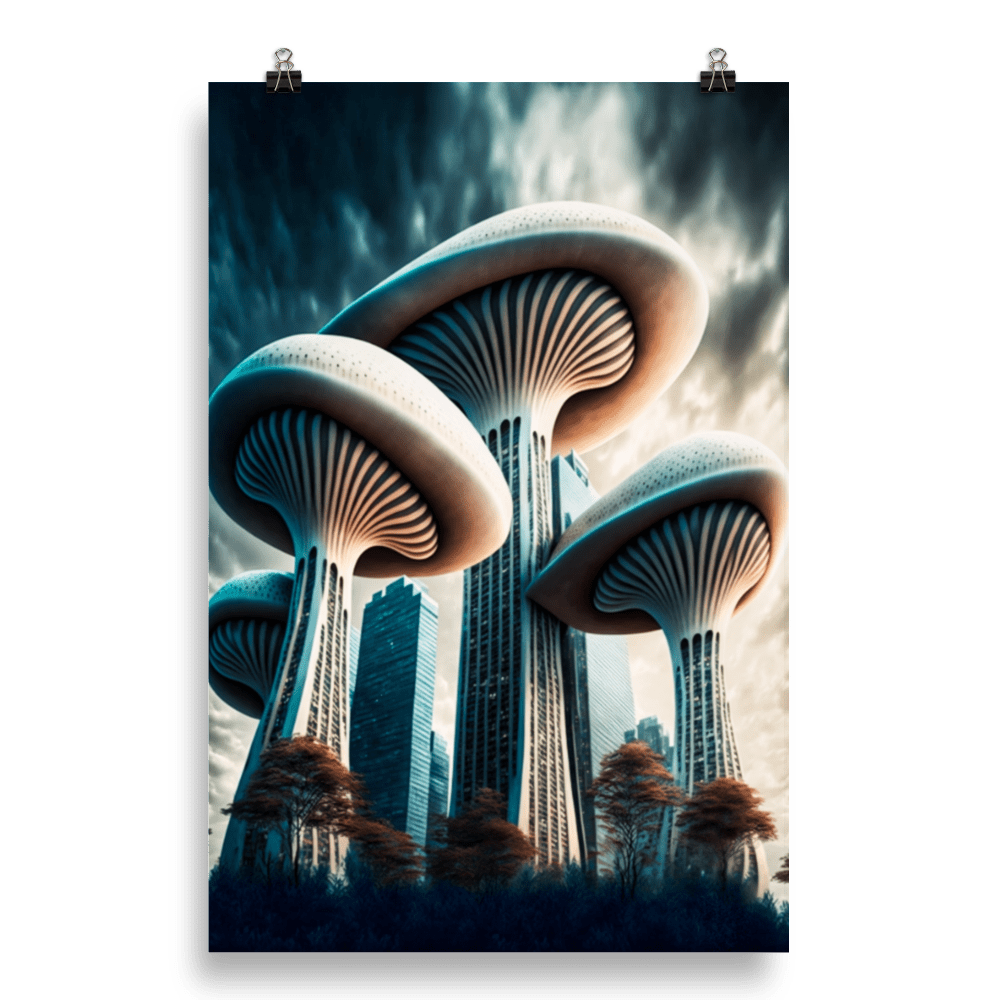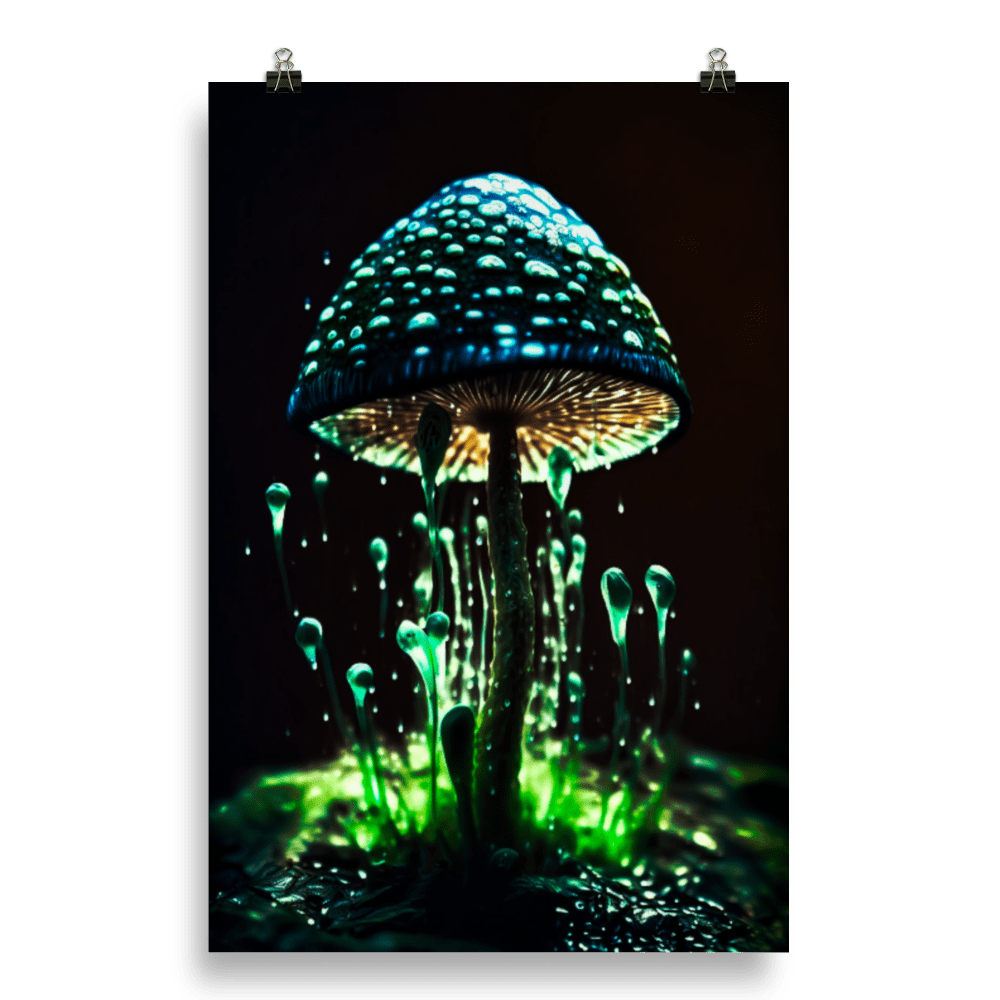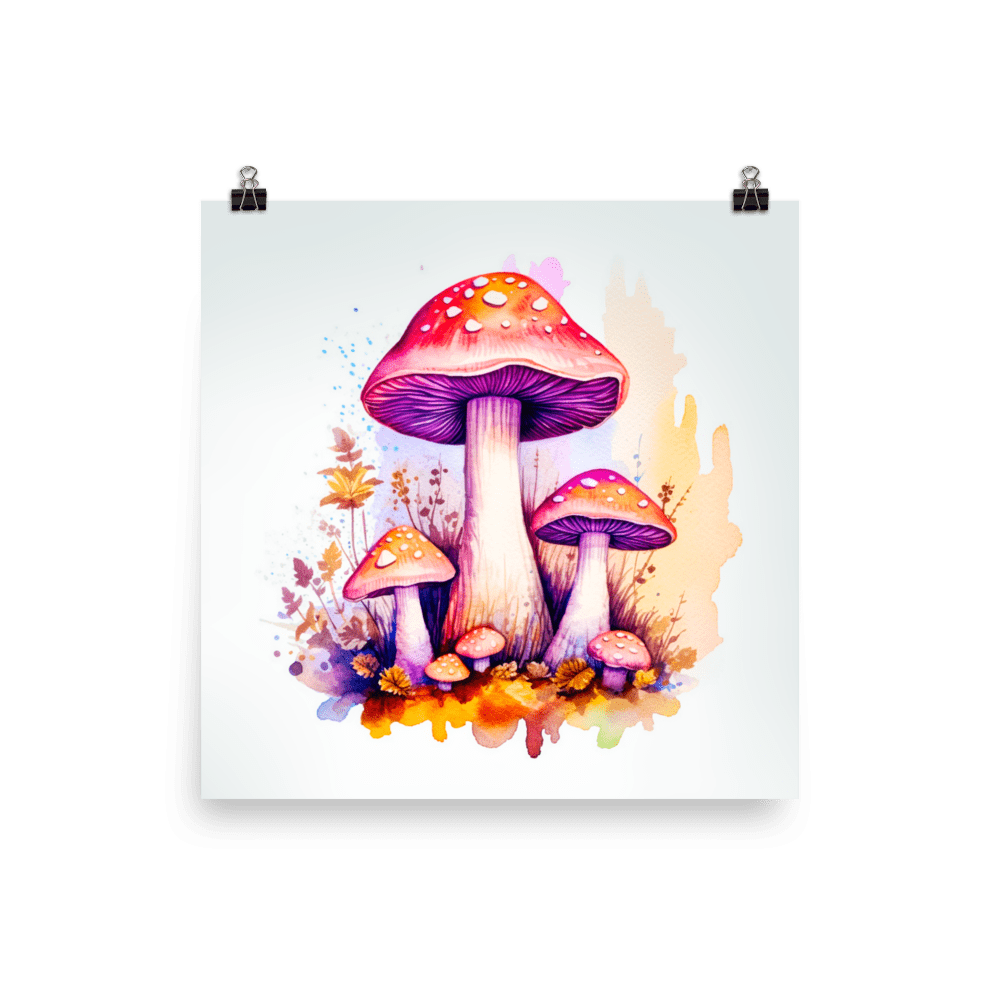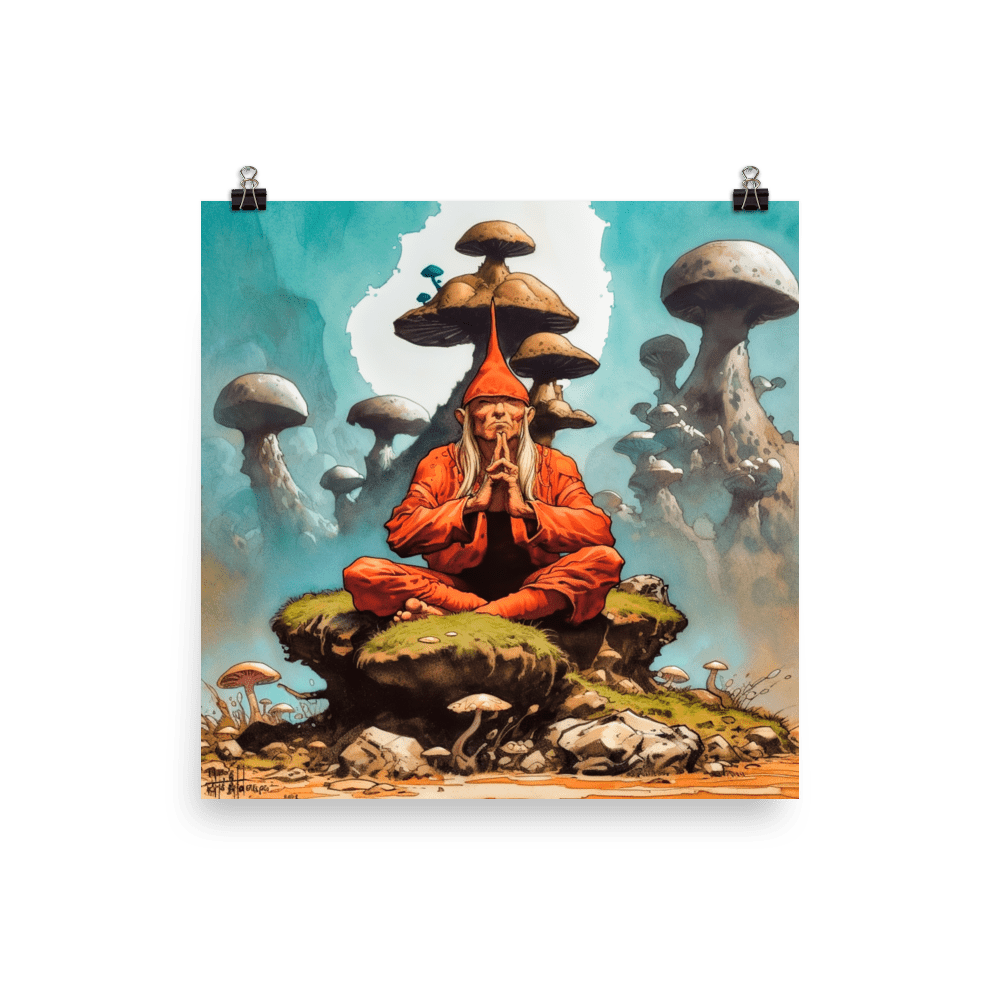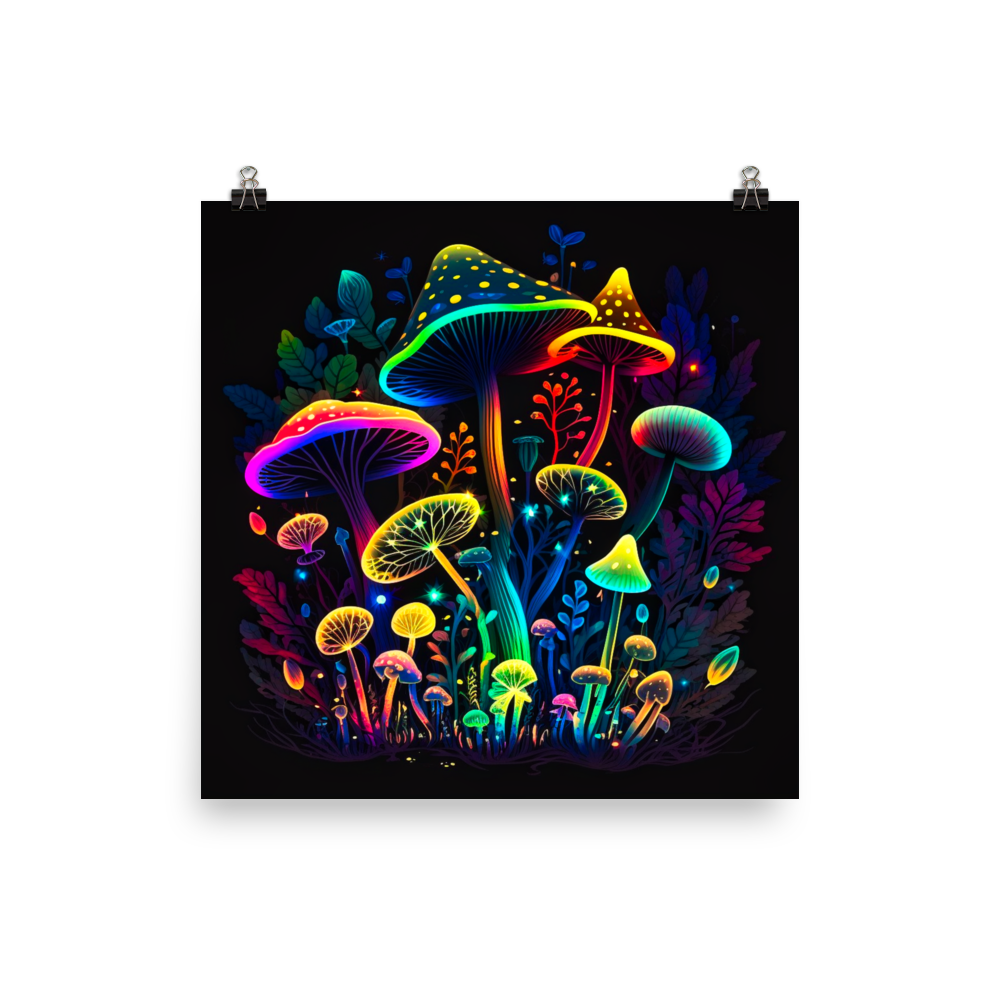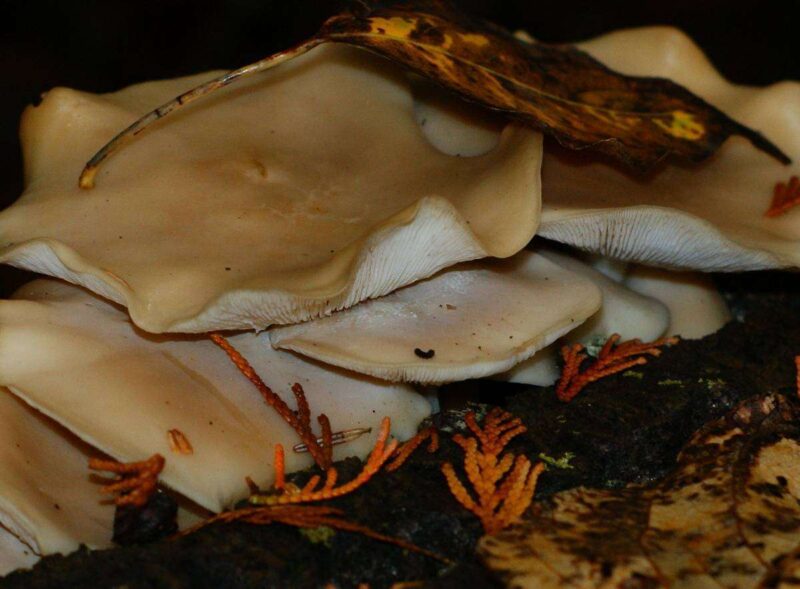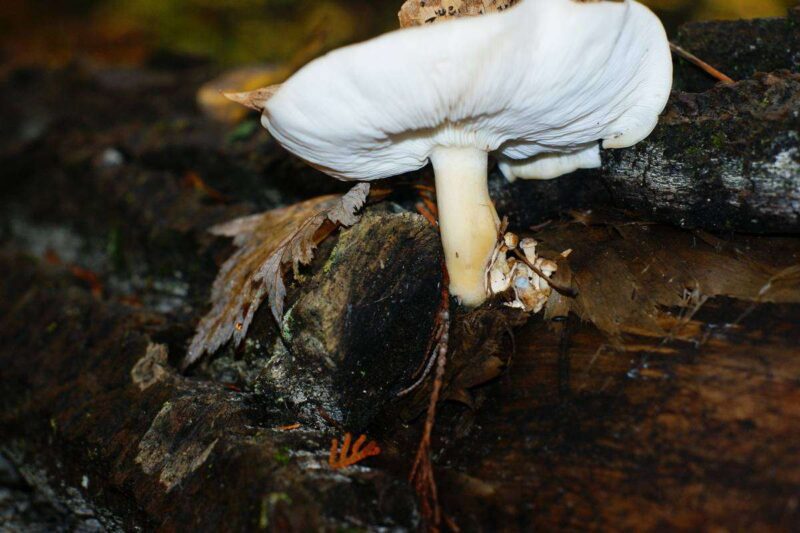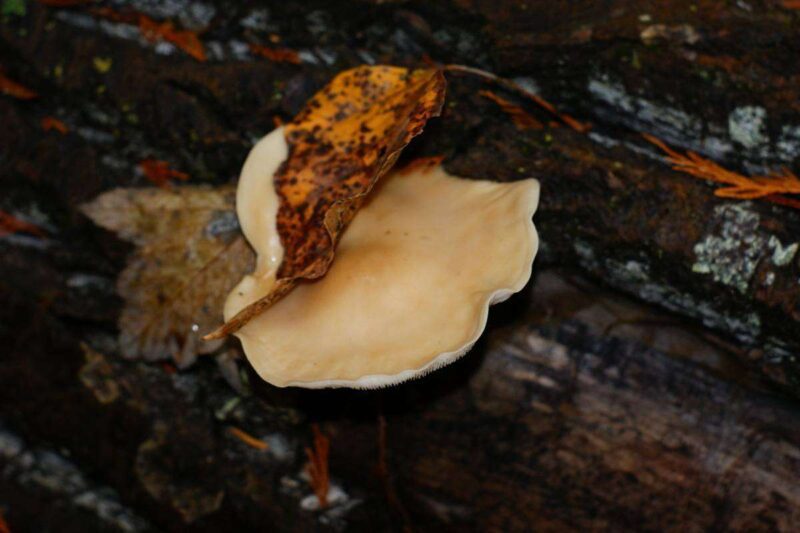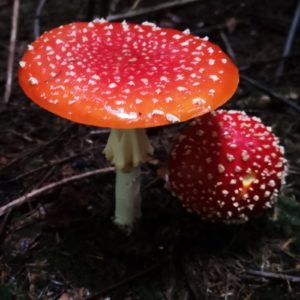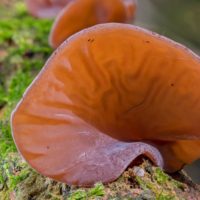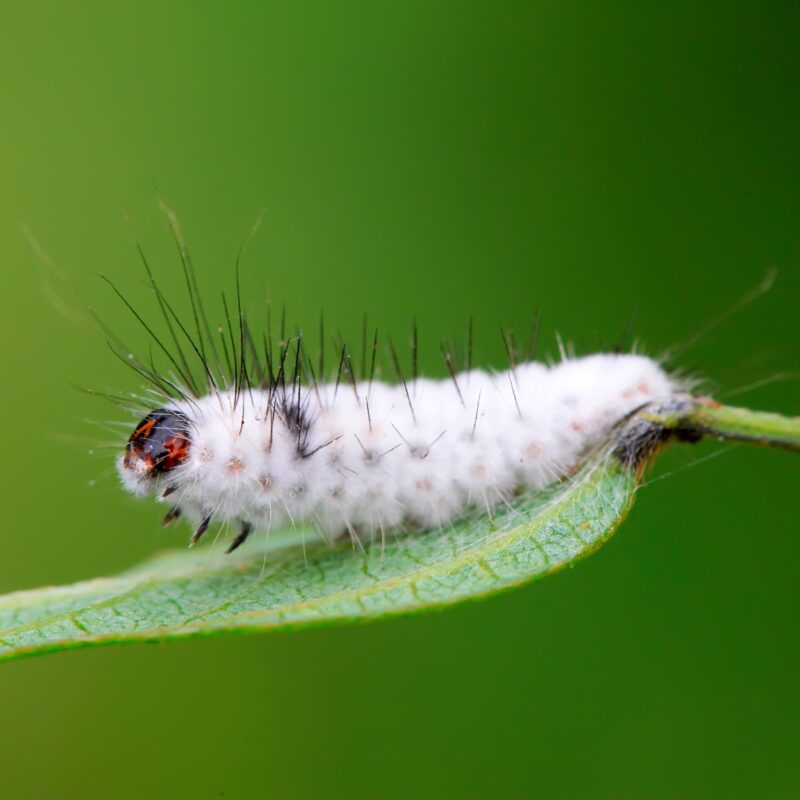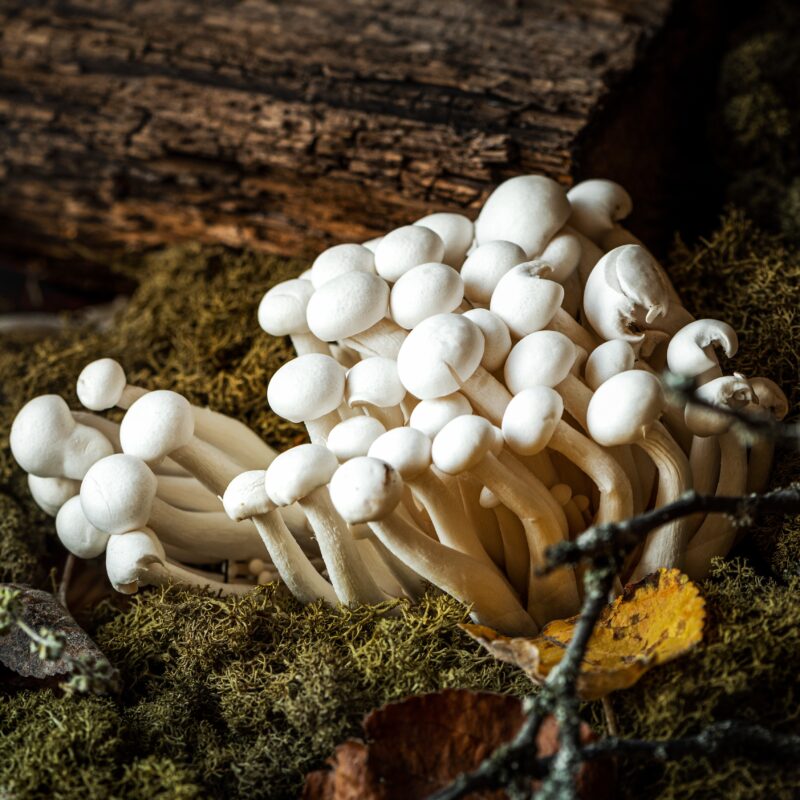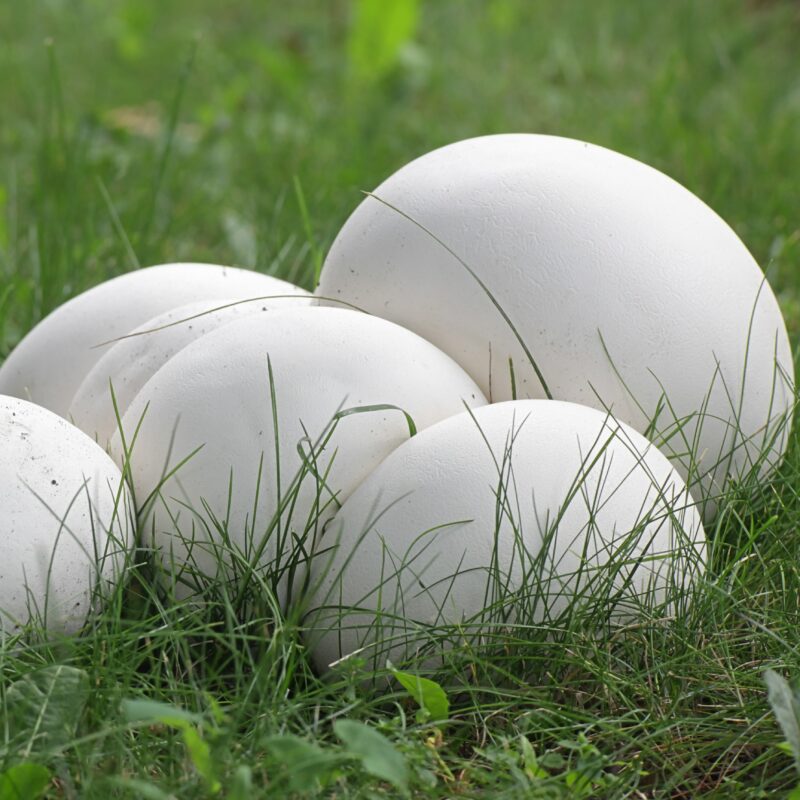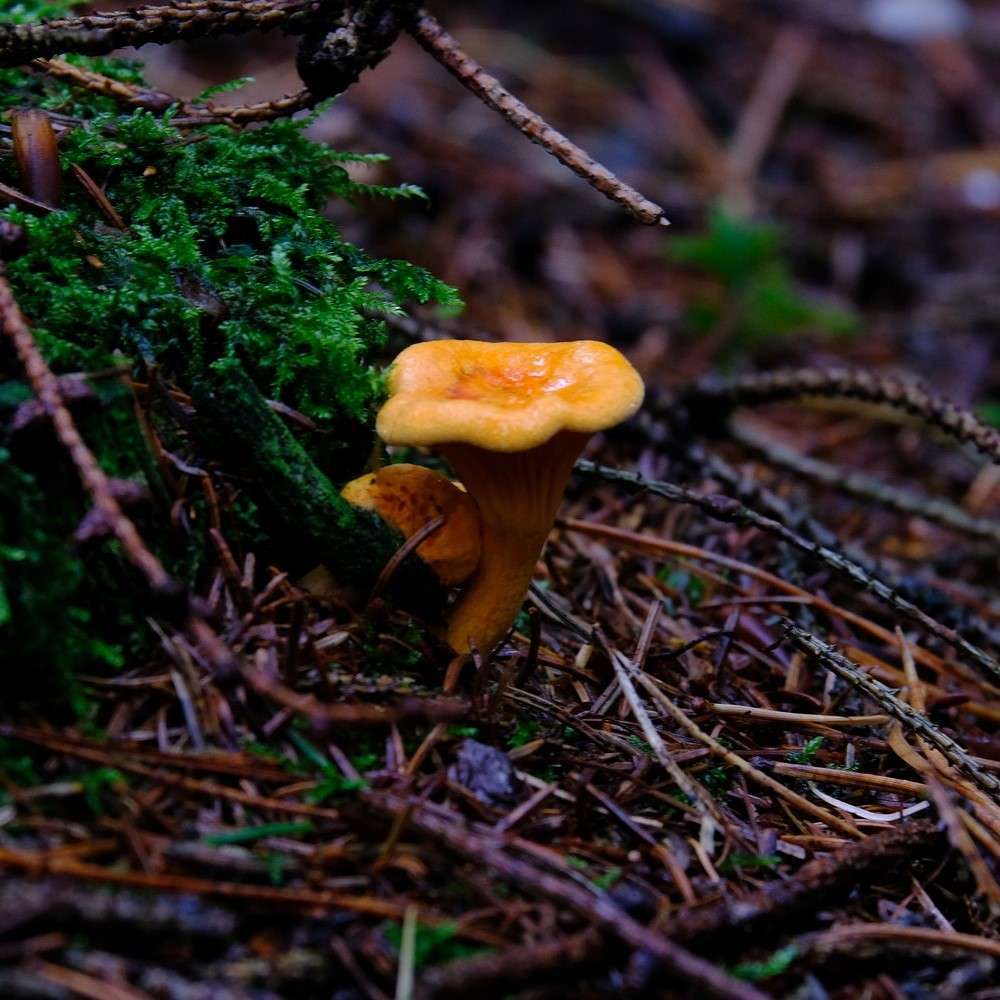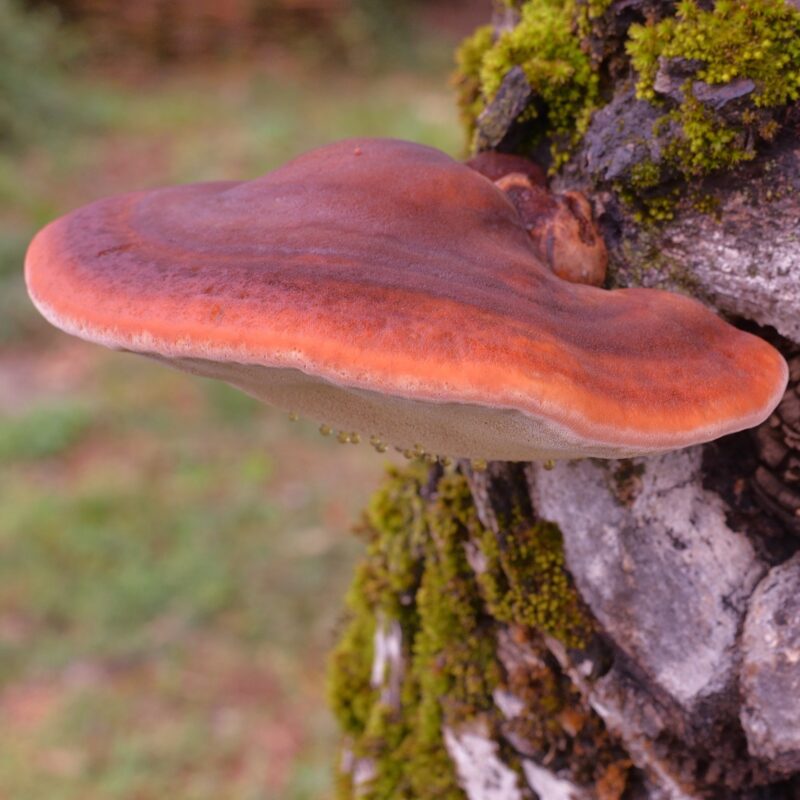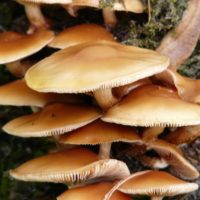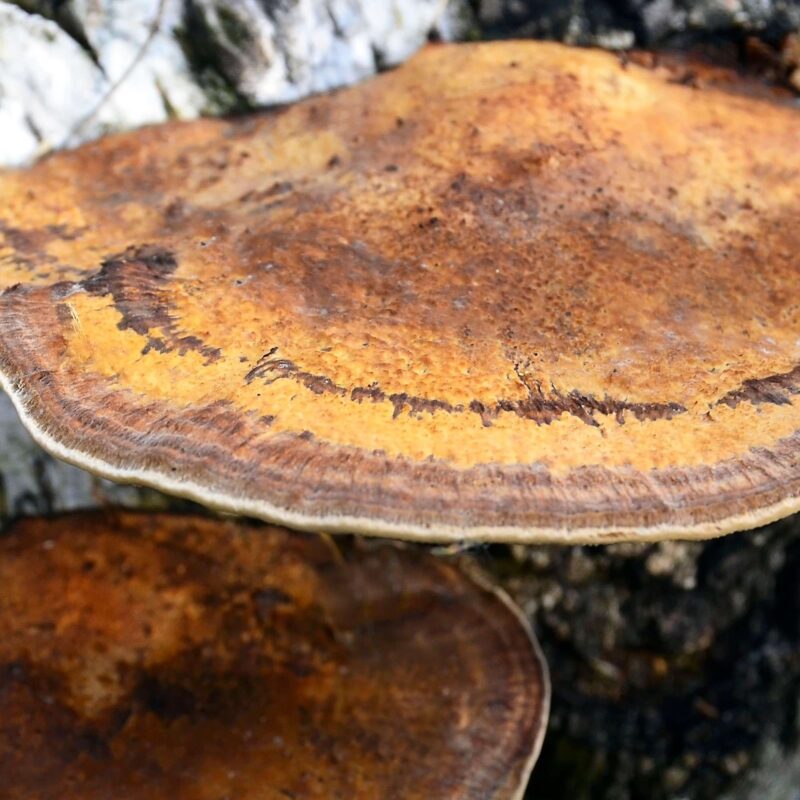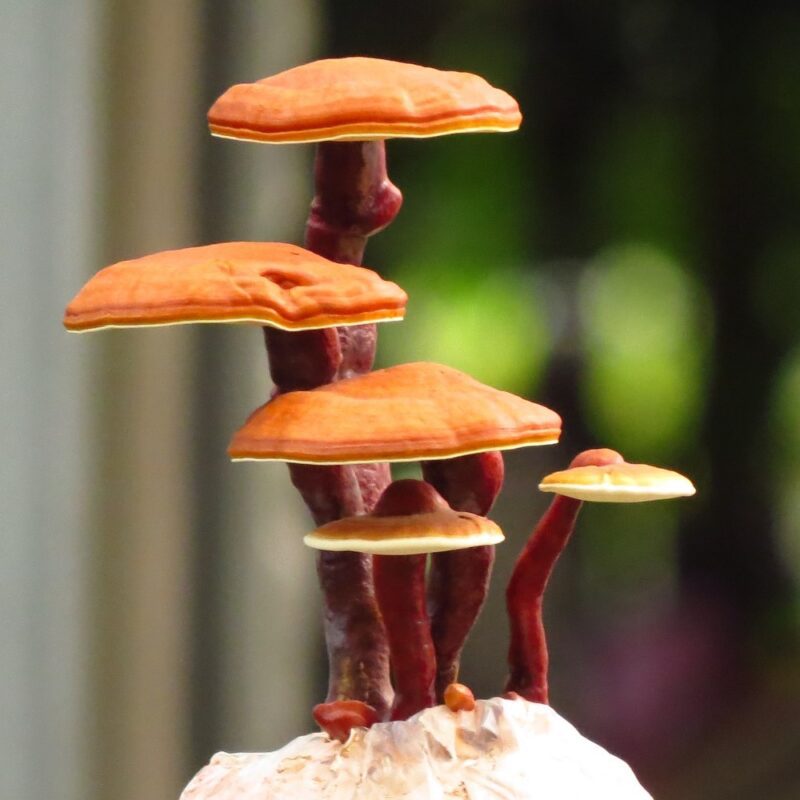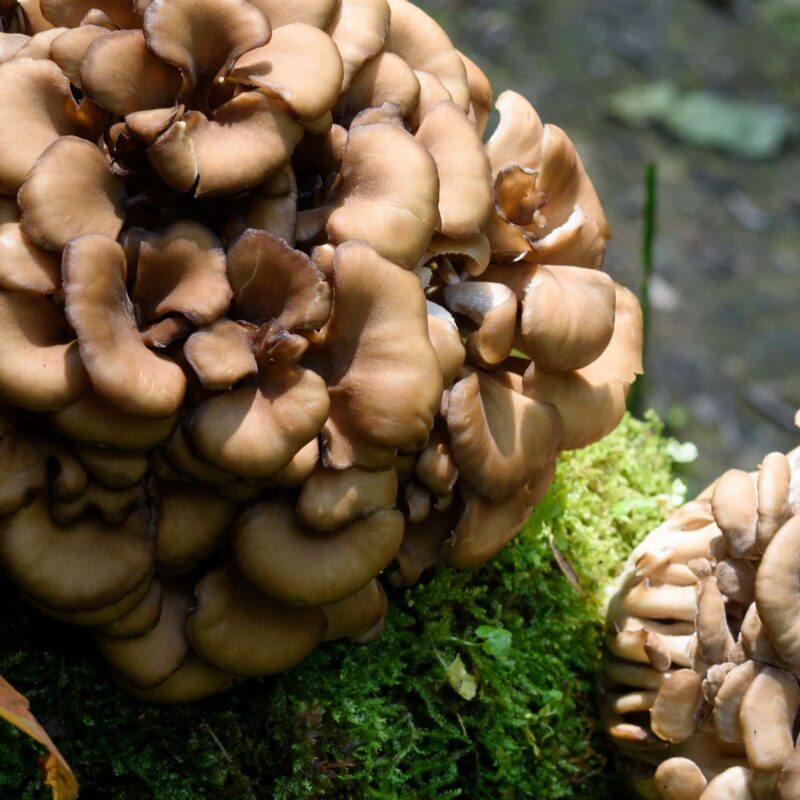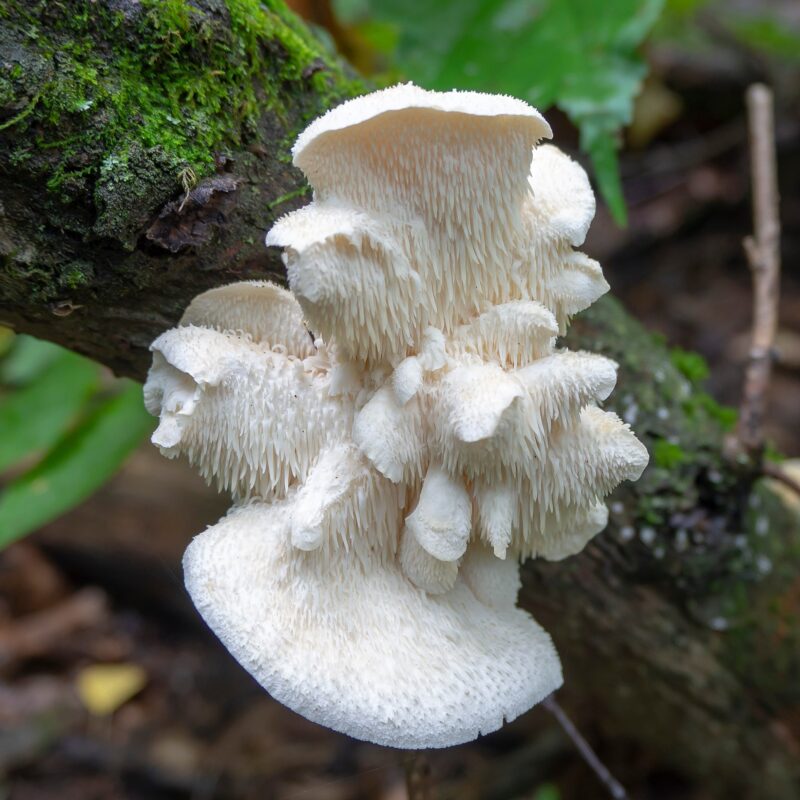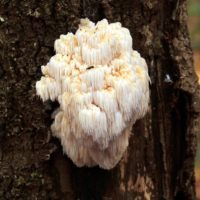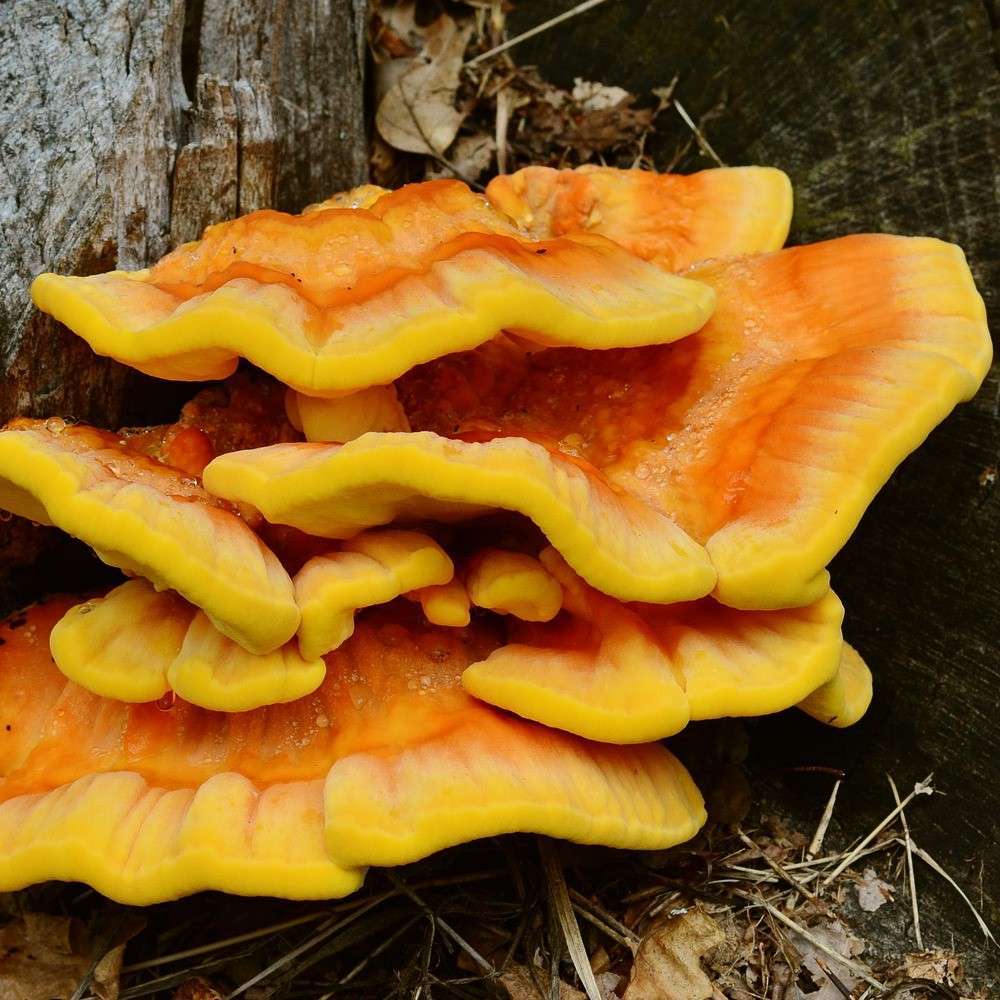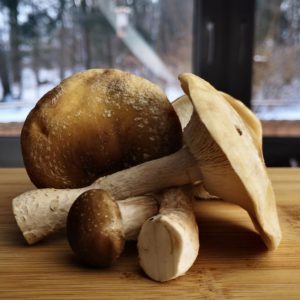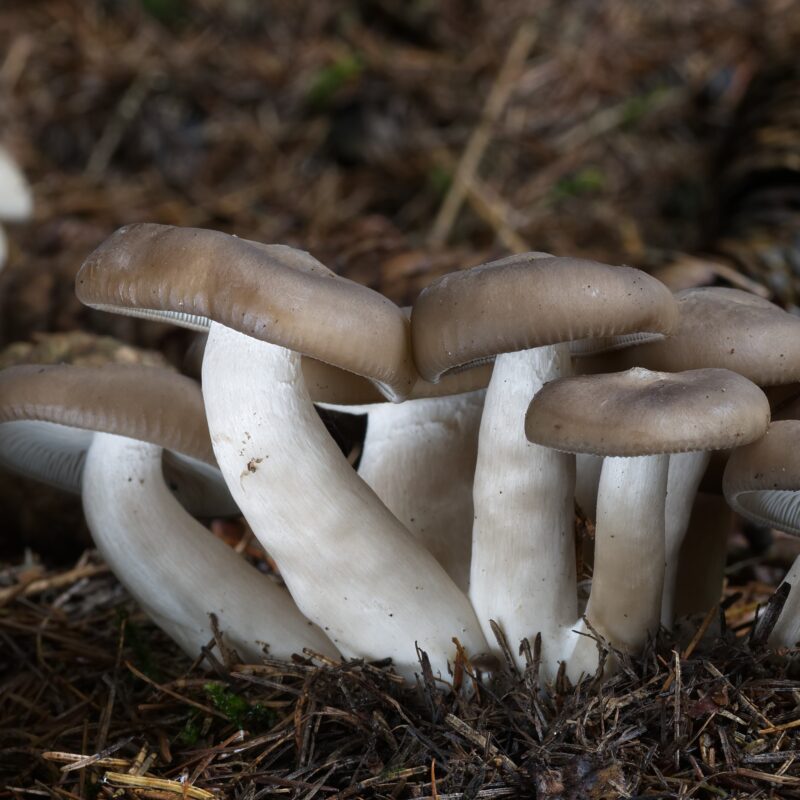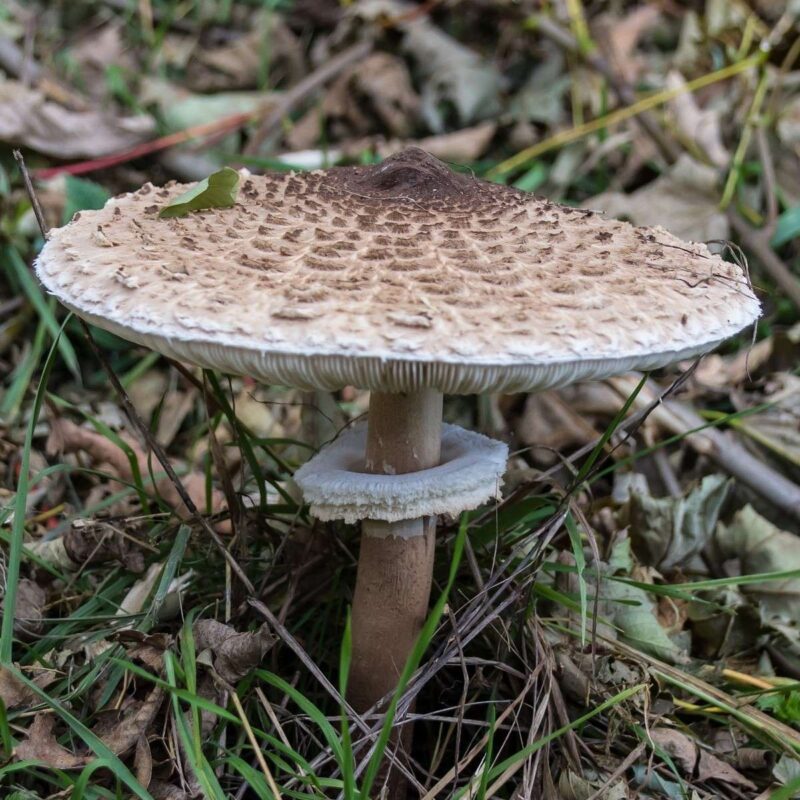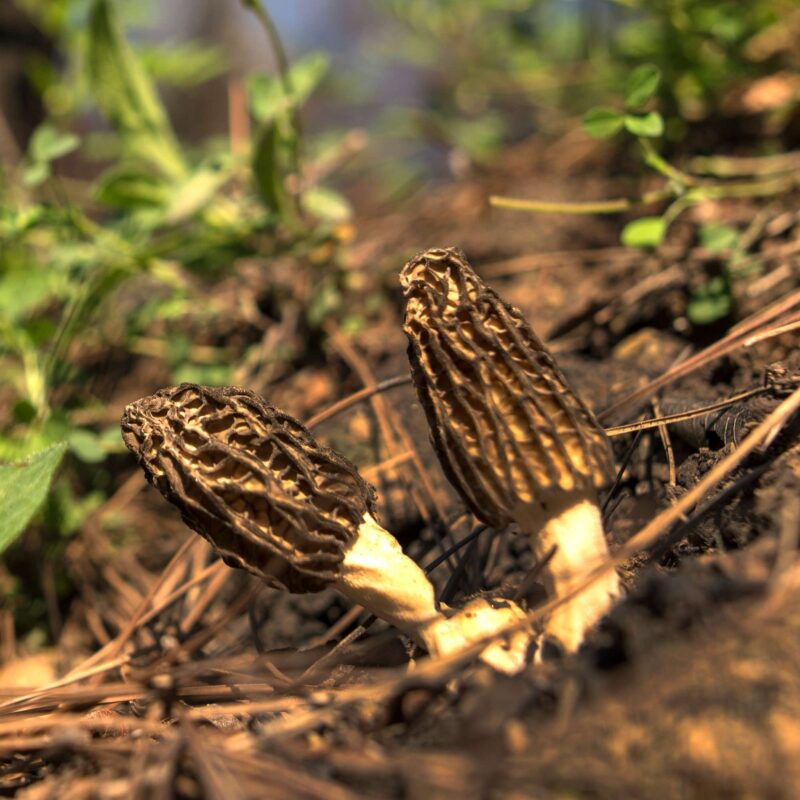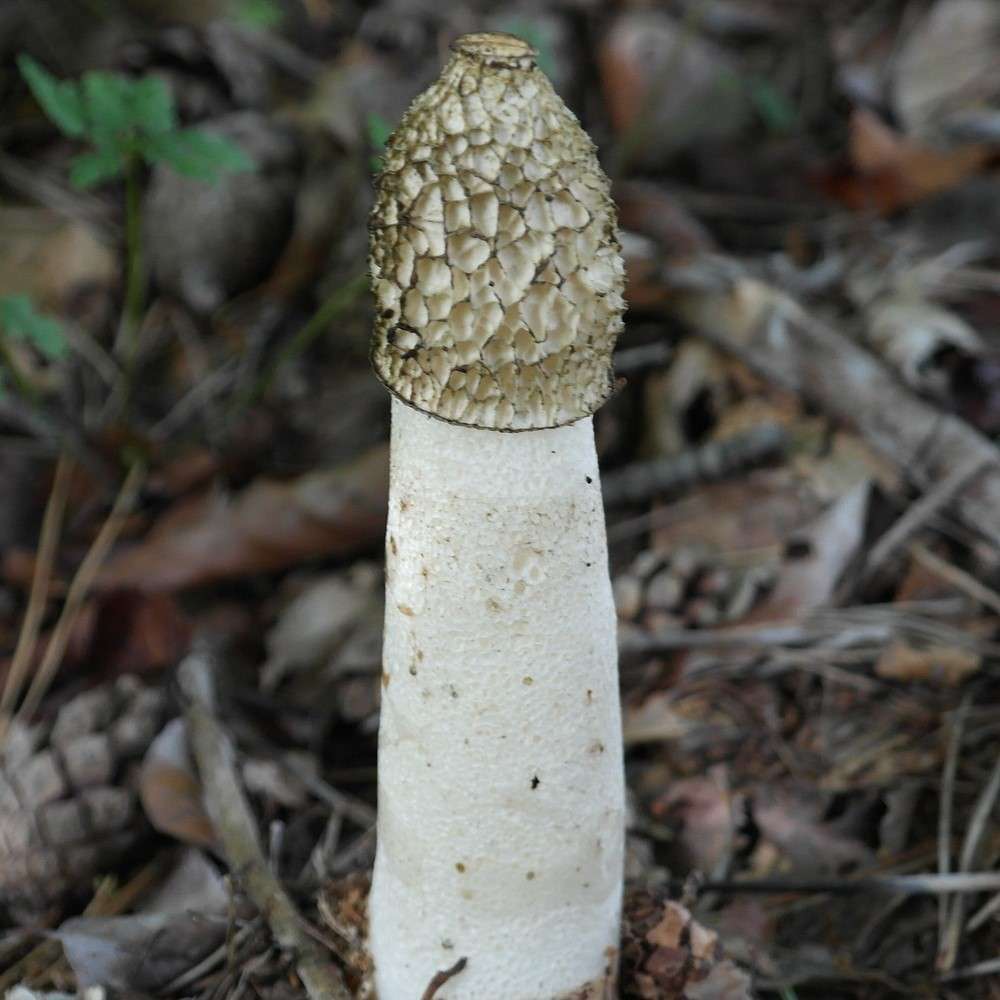Description
Properties
Hypsizygus tessulatus, the beech mushroom, is an edible mushroom native to East Asia. It is cultivated locally in temperate climates in Europe, North America and Australia and sold fresh in super markets. In nature, these are gilled mushrooms that grow on wood. Most often the mushroom is found on beech trees, hence the common name. Cultivated versions are often small and thin in appearance and popular in many nations across the world.
Hypsizygus tessulatus may be confused with Hypsizygus ulmarius, which grows on elm. A radical alternative view based on ITS DNA barcoding is that all members of the genus are the same species.
Its consistency allows it to be used in soups and stews, the mushroom remains crunchy and firm to the bite even after a long cooking time because it loses hardly any water during preparation.
At a dose equivalent to 1 gram/kilogram of body weight per day, tumors on mice were 100% inhibited, resulting in complete regression of the tumors. Control groups confirmed that tumor growth was not inhibited in the absence of Hypsizygus tessulatus extract. No studies in humans were reported.
Two commercial variations, both originating from Japan, are known:
Buna-shimeji (ja:ブナシメジ), wild type brown coloration. Known as brown beech mushroom, beech mushroom, brown clamshell mushroom;
Bunapi-shimeji (ja:ブナピー) is a white UV-induced mutant of the former, known as white beech mushroom, white clamshell mushroom. The original strain is registered by Hokto Corporation.
1. Growing
Growing Procedure
Non-sterile on hardwood logs, preferably beech. Sterile as bottle or bag culture. Hypsizygus tessulatus tolerates highly enriched hardwood substrates. A long maturation period in the substrate of at least 9, but better 12-13 weeks is mandatory.
A typical swarm-forming fungus like oyster or pioppino, fruiting strategies are identical. Small fruiting openings in the substrate pouch = high yield. Bag cultures sometimes benefit from an artificial cover crop, bottle cultures need to be scratched for fruiting initiation.
Growing
Agar Culture Media: MYPA, PDYA, DFA, OMYA
Cropping: 2 harvests, 3 weeks apart
Containers for fruiting: Inoculate trunks or stumps. In general, wide open jars or bags are preferred to encourage stem elongation. Cultivation in open bags results in stunted looking mushrooms.
Biological efficience: –
Substrates: The first two generations of spawn may consist of grain. After that, from sawdust or grain. Good species are oak, alder, beech or elm
Growing Characteristics
Like many oyster mushrooms, this species may behave as a facultative parasite on dying hardwoods or as a true saprophyte on dead trees.
S
|
P
|
F
|
|
|---|---|---|---|
Temp °C |
21-24 | 10-15 | 13-18 |
Relative Humidity % |
95-100 | 95-100 | (85)90-95 |
Duration d |
30-45 | 7-12 | 5-10 |
CO2 ppm |
>5000 | 500-1000 | 2000-4000 |
FAE per h |
0-1 | 4-8 | 2-4 |
Light lux |
– | 400-600 | 400-600 |
Affiliate Partner
Natural Habitat
Hypsizygus tessulatus, the beech mushroom, is an edible mushroom native to East Asia. It is cultivated locally in temperate climates in Europe, North America and Australia and sold fresh in super markets. In nature, these are gilled mushrooms that grow on wood. Most often the mushroom is found on beech trees, hence the common name. Cultivated versions are often small and thin in appearance and popular in many nations across the world.
In all temperate hardwood forests of Europe, Asia and North America. On elm, beech, poplar, maple, willow, oak and other hardwoods.
2. Identification
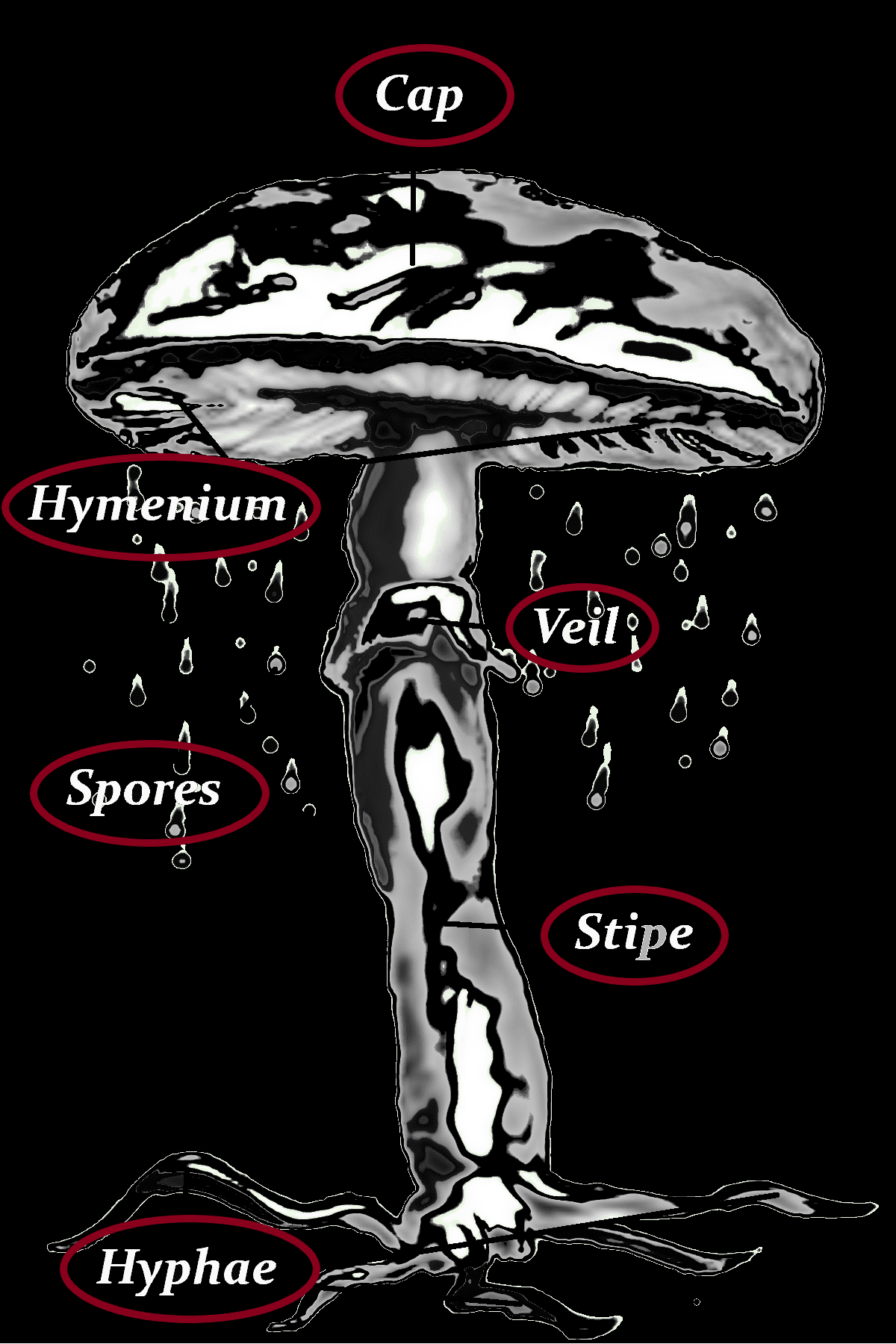
Cap
-2-7 cm tall
-dark cinnamon in color, turning grayish brown to cream at maturity
-hemispherical to flat
-spotted to marbled
-cap margin curled to incised when young
Hymenium
-blunt
-closed
-firm and wax-likeblades attached to the stem
Veil
–
Stipe
-thick
-centrally or eccentrically attached
-often tapering towards the base
Hyphae
-white
-cottony
hyphal system monomitic
-does not secrete yellowish-orange metabolites
-does not form the classic thick, peelable mycelium
Spores
-white
-hemispherical to ovoid
-rather small
-4.0 – 6.5 × 3.5 – 5.0µ
-numerous clamp connections
Danger of confusion
–
3. Consuming
Gourmet
Being tough when raw, Hypsizygus tessulatus should be cooked, having a bitter taste when raw which disappears completely upon cooking. The cooked mushroom has a firm, slightly crunchy texture and a nutty flavor. Preparation makes the mushroom easier to digest. It is often eaten with stir-fried foods including wild game and seafood. It is used in soups, stews and sauces. When prepared alone, Shimeji mushrooms can be sautéed as a whole, including the stem or stalk (only the very end cut off), using a higher temperature; or, they can be slow roasted on a low temperature with a small amount of butter or cooking oil. Shimeji is used in soups, nabe and takikomi gohan.
Flesh
white
Taste
slightly sweet, nutty
Smell
sweet, rich, not aniseed, but oystery, pleasant
Nutritional content per 100g
| Proximates: | |
| Water | 89.8g |
| Energy (Atwater General Factors) | 40kcal |
| Energy (Atwater Specific Factors) | 33kcal |
| Nitrogen | 0.35g |
| Protein | 2.18g |
| Total lipid (fat) | 0.45g |
| Ash | 0.76g |
| Carbohydrates: | |
| Carbohydrate, by difference | 6.76g |
| Minerals: | |
| Calcium, Ca | 0mg |
| Iron, Fe | 0.74mg |
| Magnesium, Mg | 10.5mg |
| Phosphorus, P | 86mg |
| Potassium, K | 376mg |
| Sodium, Na | 1mg |
| Zinc, Zn | 0.5mg |
| Copper, Cu | 73mg |
| Manganese, Mn | 156mg |
| Selenium, Se | 0.4µg |
| Vitamins and Other Components: | |
| Thiamin | 8mg |
| Riboflavin | 208mg |
| Niacin | 6.4mg |
| Vitamin B-6 | 105mg |
| Biotin | 8µg |
| Vitamin D (D2 + D3), International Units | 14.8IU |
| Vitamin D (D2 + D3) | 0.37µg |
| Vitamin D2 (ergocalciferol) | 0.37µg |
| Vitamin D4 | 0.14µg |
| Amino acids: | |
| Ergothioneine | 5mg |
© U.S. Department Of Agriculture
4. Data med, edible
other names
| Chinesisch (traditionell) | 蟹味菇 |
| Chinesisch (vereinfacht) | 蟹味菇 |
| Englisch |
Beech Mushroom
|
| Finnisch |
pisamarunkokynsikäs
|
| Französisch |
Shimédji du hêtre
|
| Russisch |
Гипсизигус шахматный
|
| Tschechisch | líha rozpukaná |
| Wissenschaftl. Name |
Hypsizygus tessellatus
|
| Wissenschaftl. Name |
Hypsizygus tessulatus
|
| Wissenschaftl. Name |
Pleurotus ulmarius
|
other names
Buchenpilz, Buna-Shimeji, Yamabiko Hon-Shimeji, Tamo – Motashi, The Beech Mushroom Buna-Shimeji (Japanese For “Beech Mushroom”), Yamabiko Hon-Shimeji (“Mountain Echo Mushroom”), Tamo-Motashi (“The Elm Oyster Mushroom”)
| Kingdom | Fungi |
|---|
| Division | Basidiomycota |
| Class | Basidiomycetes |
| Order | Agaricales |
| Family | Tricholomataceae |
| Genus | Hypzisigus |
| Species | H. tessellatus brown |
| Ecology |



